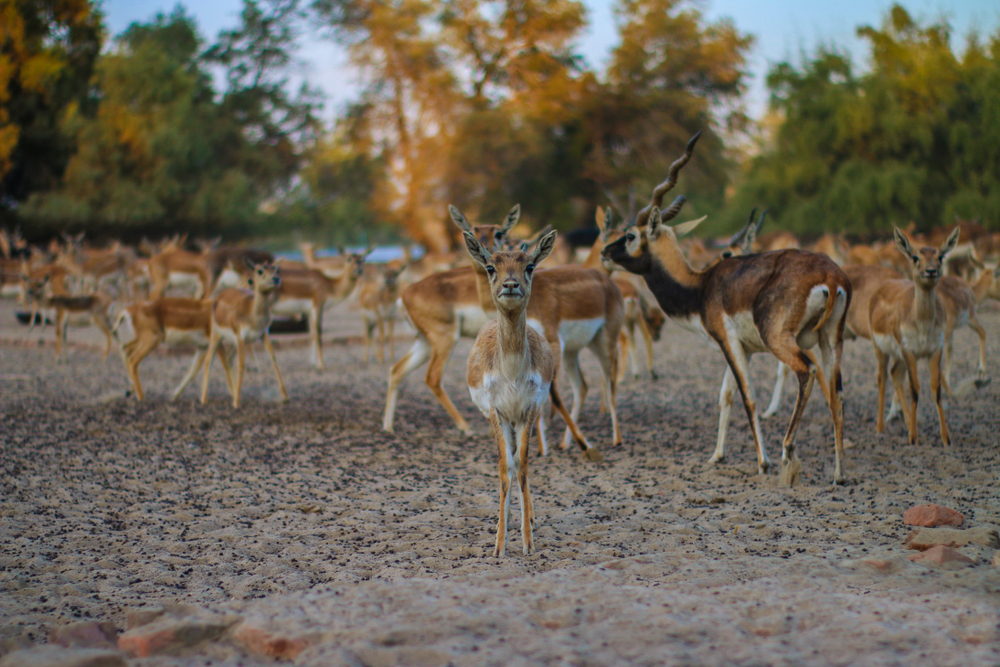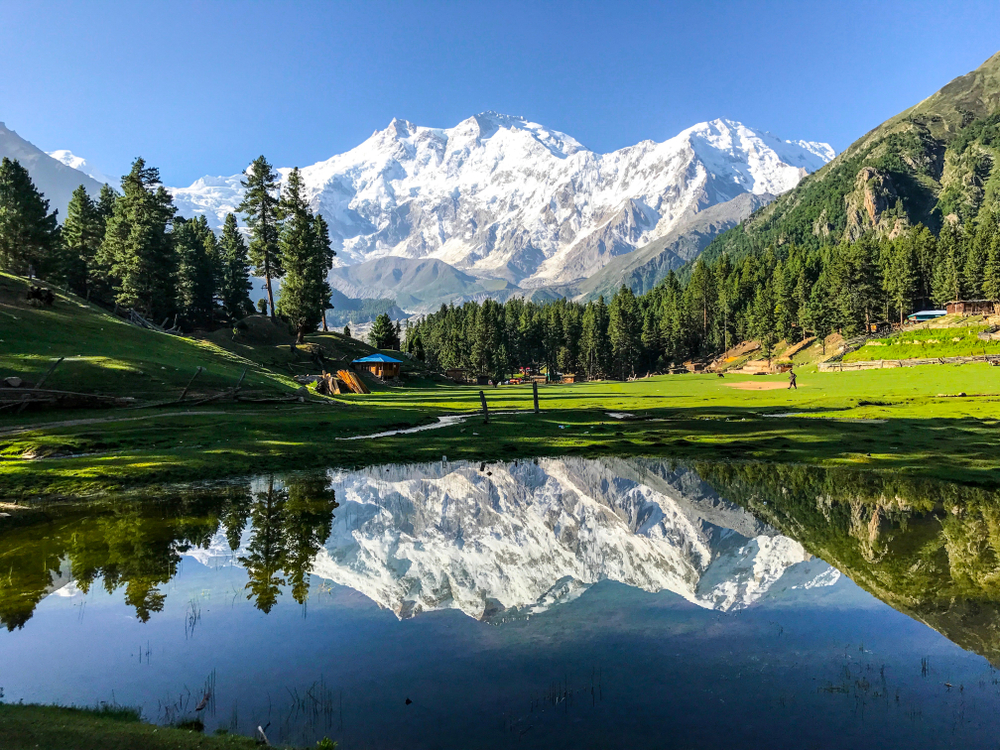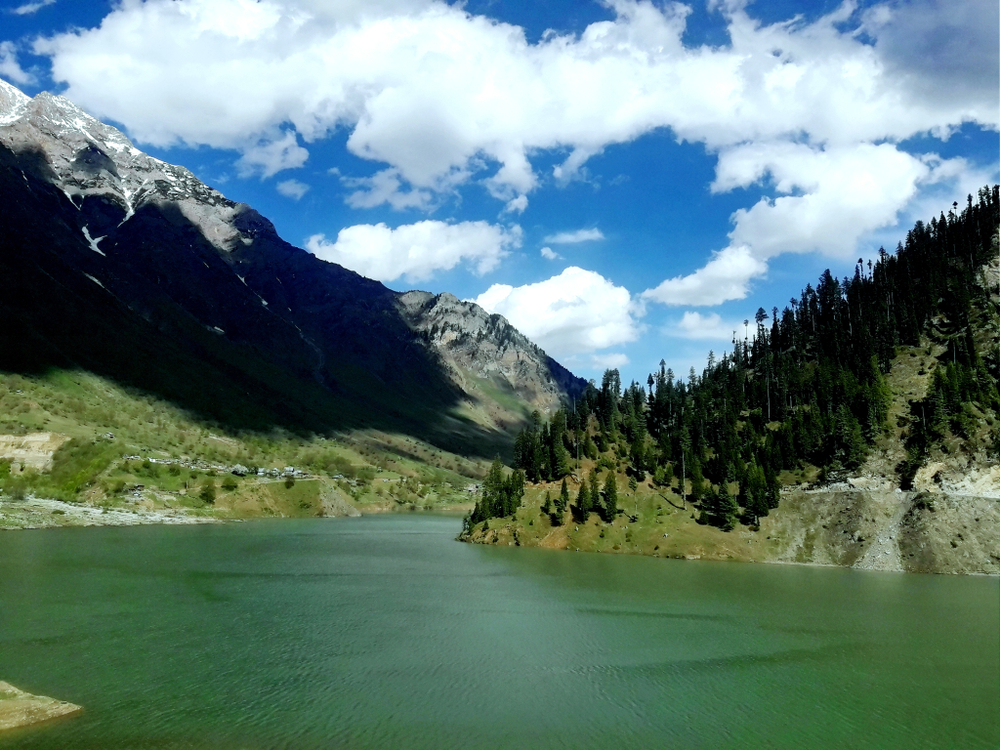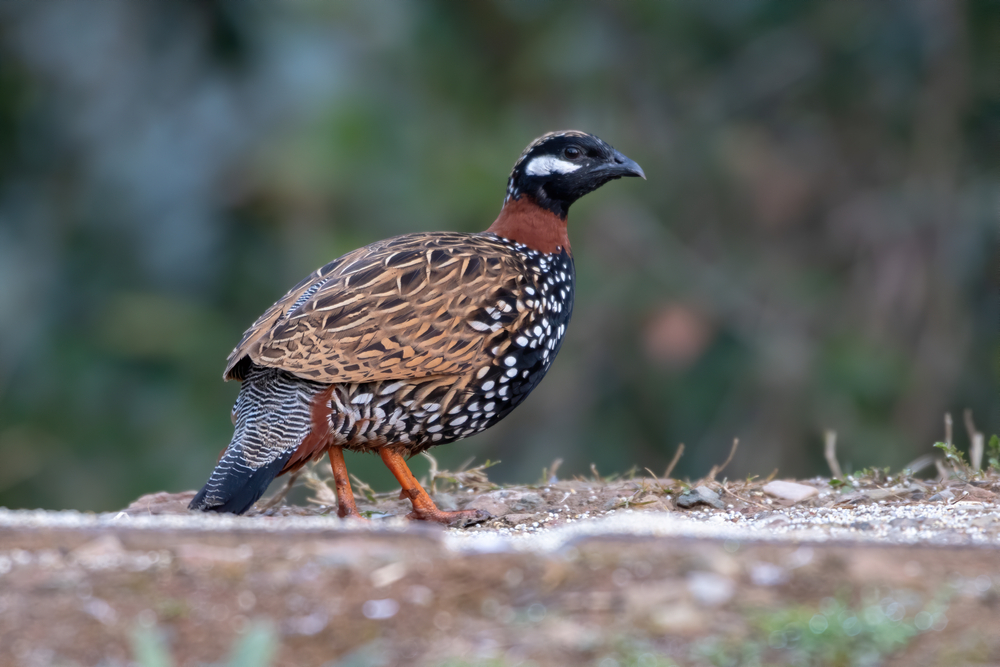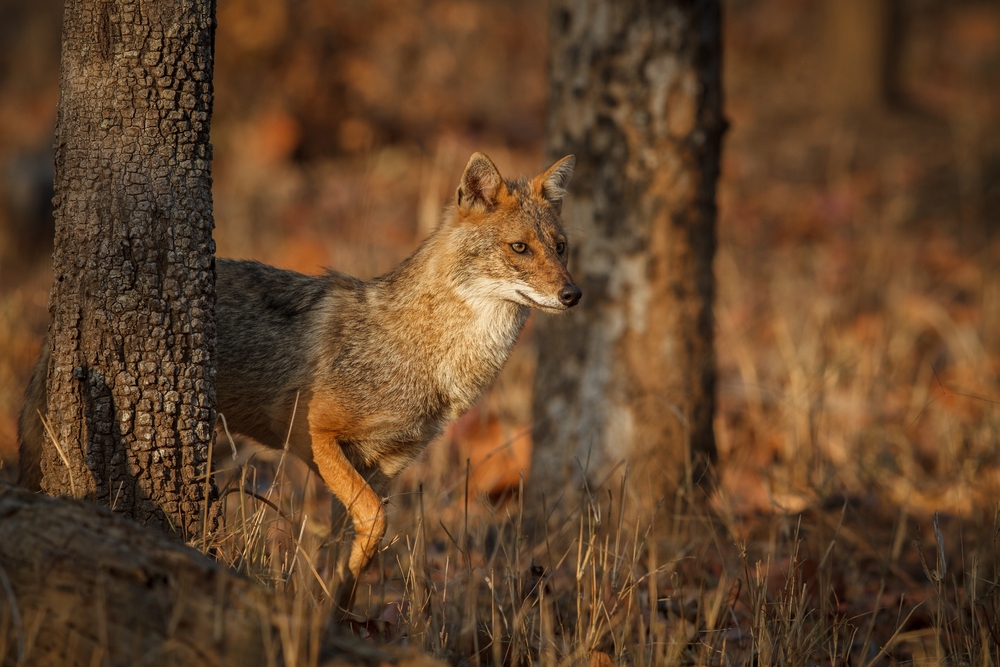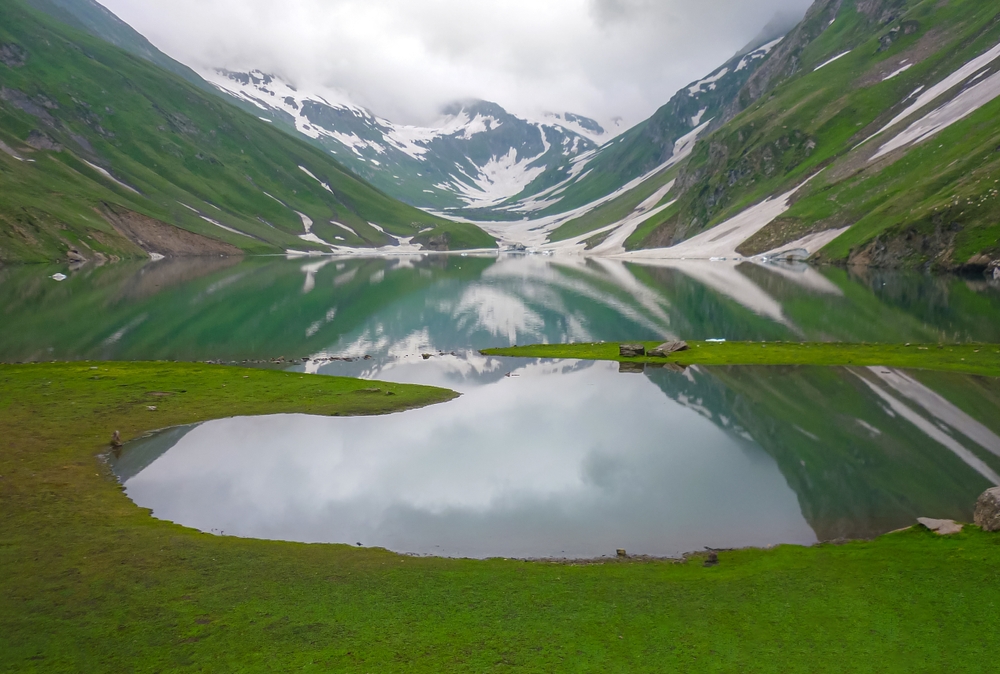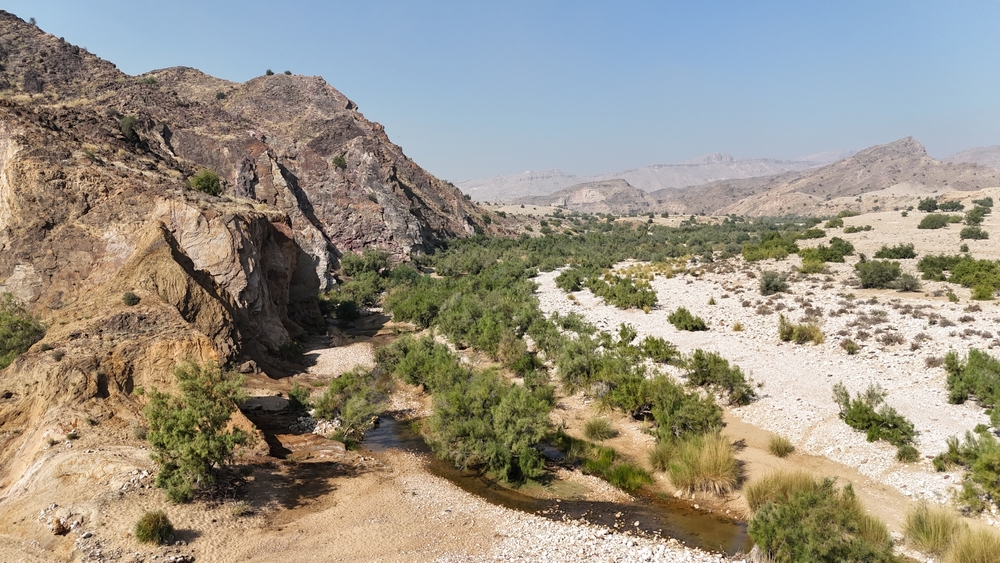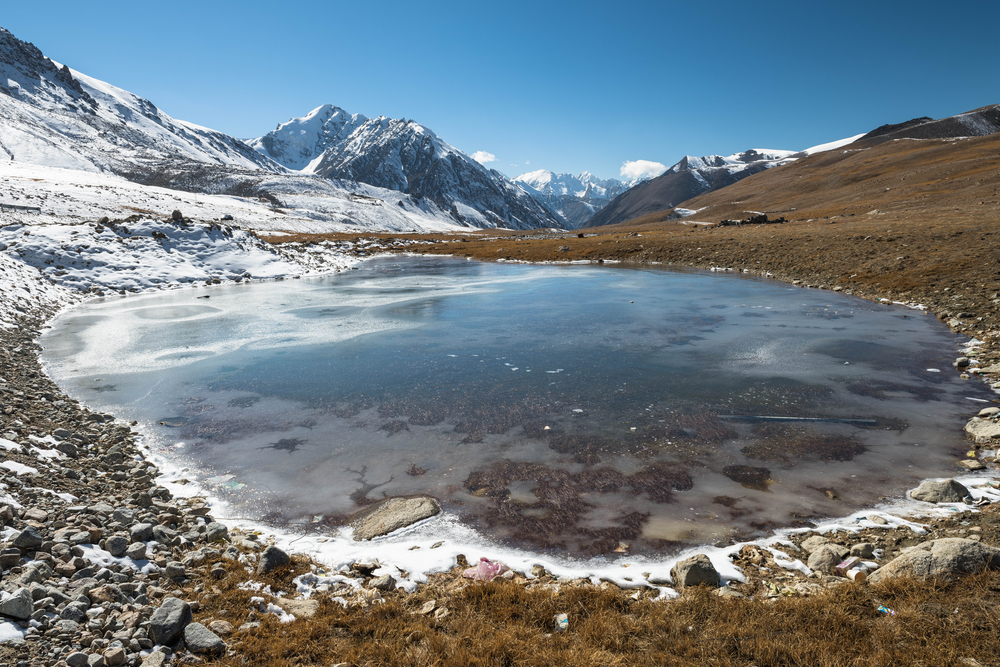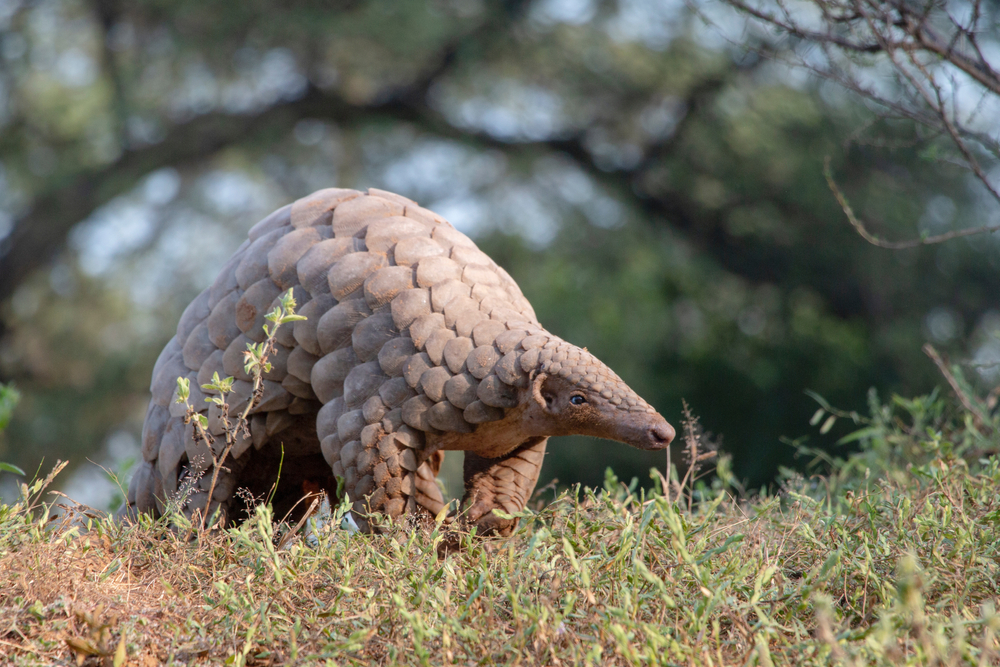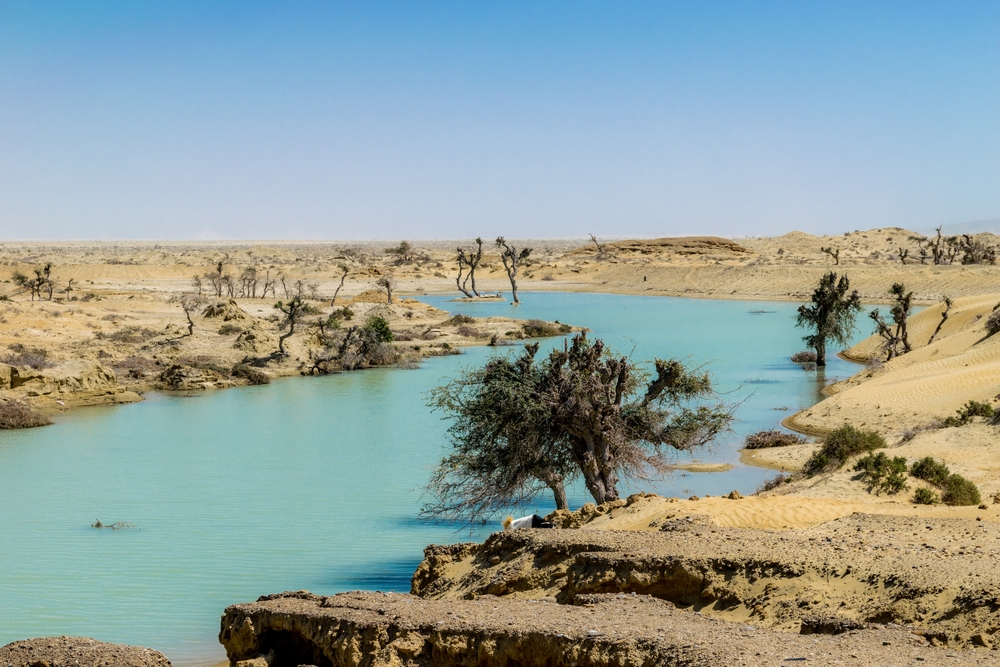Lal suhanra Overview
Lal Suhanra National Park, locally known as لال سہانرا نیشنل پارک, is a significant protected area in the province of Punjab, Pakistan. Spanning approximately 255 square miles (658 square kilometers), it is located near the city of Bahawalpur and holds the distinction of being one of the largest national parks in South Asia.
The park sits at the edge of the Cholistan Desert and features a unique combination of desert, forest, and wetland ecosystems. Its location within the Indus River plains and proximity to urban areas makes it both ecologically important and easily accessible.
The terrain of Lal Suhanra National Park is marked by flat expanses of sandy desert, grassy plains, and irrigated forest plantations. The Cholistan Desert extends into the southern portions of the park, creating large stretches of dunes and arid scrubland.
In contrast, the central region contains man-made irrigated forests dominated by sheesham and kikar trees, while the northern area includes freshwater wetlands fed by the Desert Branch Canal. This diverse landscape supports a variety of plant life, including wild grasses, acacia species, mesquite, and tamarisk shrubs that provide cover and forage for wildlife.
The park hosts a wide array of wildlife, offering a sanctuary for species that have become increasingly rare in other parts of Pakistan. Among the prominent mammals are the blackbuck, an antelope species that has been successfully reintroduced into the park, along with chinkara gazelles, wild boars, desert hares, and jackals. The blackbuck, in particular, is a key conservation success story for the park.
Birdwatchers may encounter peafowl, Indian rollers, partridges, kingfishers, and various waterfowl near the wetland areas. Migratory birds such as flamingos and herons visit seasonally, attracted by the park’s artificial lakes and ponds. Reptiles including monitor lizards, snakes, and desert tortoises also inhabit the region.
A popular feature of Lal Suhanra National Park is its Blackbuck Reserve, where visitors can view herds of this rare antelope in a protected setting. The park also includes a visitor education center, picnic areas, and a small zoo with native species.
The mix of natural beauty and managed conservation areas makes it suitable for educational trips, family outings, and nature-based tourism. Its proximity to Bahawalpur further enhances its accessibility, making it one of the most visited parks in the region.
Visitors to Lal Suhanra can explore the park through guided jeep tours, hiking trails, and birdwatching spots, particularly around the wetlands. Photography and educational visits are also popular, with some areas of the park offering accommodation for overnight stays. The park is designed to balance conservation with public engagement, providing opportunities for both recreation and wildlife protection.
In terms of conservation, Lal Suhanra National Park has been a model for species reintroduction and habitat restoration. The blackbuck breeding program has helped stabilize the population of this once-endangered antelope in Pakistan.
However, challenges remain, including encroachment, water management issues, and pressure from tourism. Continuous support from provincial wildlife authorities and active management are helping to preserve its biodiversity, though ongoing monitoring and community involvement remain vital to the park’s long-term sustainability.








































































